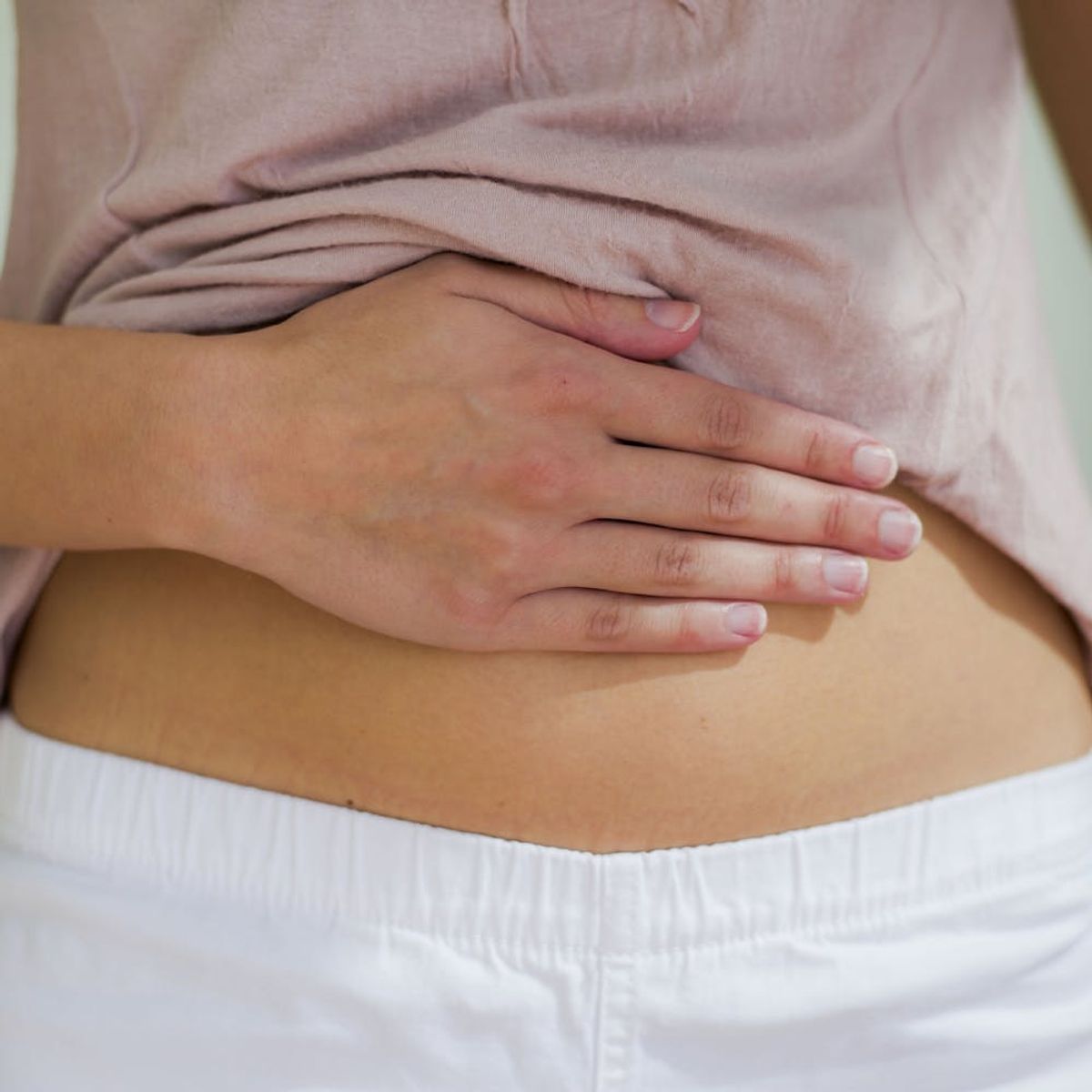Discuss.
Yes, Paid Menstrual Leave Is a Thing — Why We Should Talk About It

Periods can signify many things, we equate them with cramps, malaise and don’t exactly embrace them. For some women, like those with endometriosis, periods can be nearly debilitating. But should laws be passed that require businesses to give their female employees paid menstrual leave each month? Yes, literally days off each month during their period. Last year, the discussion made its rounds on the Internet. I stumbled across this article by the Atlantic regarding the subject and, as I knew nothing about it, I decided to do a little digging.
Paid menstrual leave is already a thing in several Asian countries. Japan first implemented such a law in 1947, and other countries have since followed suit, including South Korea, Philippines, Indonesia and Taiwan. Taiwan actually passed their labor law requiring companies to give women up to three half-paid menstrual leave days a year only in 2013. But even in countries like Taiwan where paid menstrual leave is law, opinions are split.
“Men and women are biologically different. To have paid menstrual leave during ‘that time of the month’ is definitely not a bad trade off,” says Judy Chen, an administrative assistant at construction company in Taipei City, the country’s capital. There are others who disagree.
“It shows women are vulnerable and weak somehow… especially [as] we have been [fighting] for equality for so long. If we use the physical disadvantage card in the work place, equality will take that much longer to accomplish,” says Vivian Chang, the owner of popular vegan restaurant Miss Green in Taipei.
While the notion of paid menstrual leave seems well-intentioned, it feels distinctly misled — and many perfectly healthy women resent the implication that we require it simply due to the reproductive system we were born with. But what about those who suffer from eviscerating endometriosis? While endometriosis is relatively common, affecting about 5.5 million women in the US and about 176 million women worldwide, only about half of the women affected suffer from severe menstrual cramping. The most common age group affected are those within the 30 to 40 age range. Women in my family have a history of severe endometriosis. Growing up, I witnessed how the effects of endometriosis crippled them for multiple days every month without fail, oftentimes forcing them to call out sick from school or work. In some instances, the only reprieve was having a hysterectomy and surgically removing the uterus.
Perhaps the argument shouldn’t be about paid menstrual leave for women at all, but rather recognizing severe endometriosis as a disability. A first step could be getting it into in the Social Security Administration’s Blue Book so that those who suffer from it would not be at risk of losing their jobs over the amount of work leave they must take.
Let’s discuss.
What are your thoughts on paid menstrual leave? Tell us in the comments below!
(Photo via Getty)

















